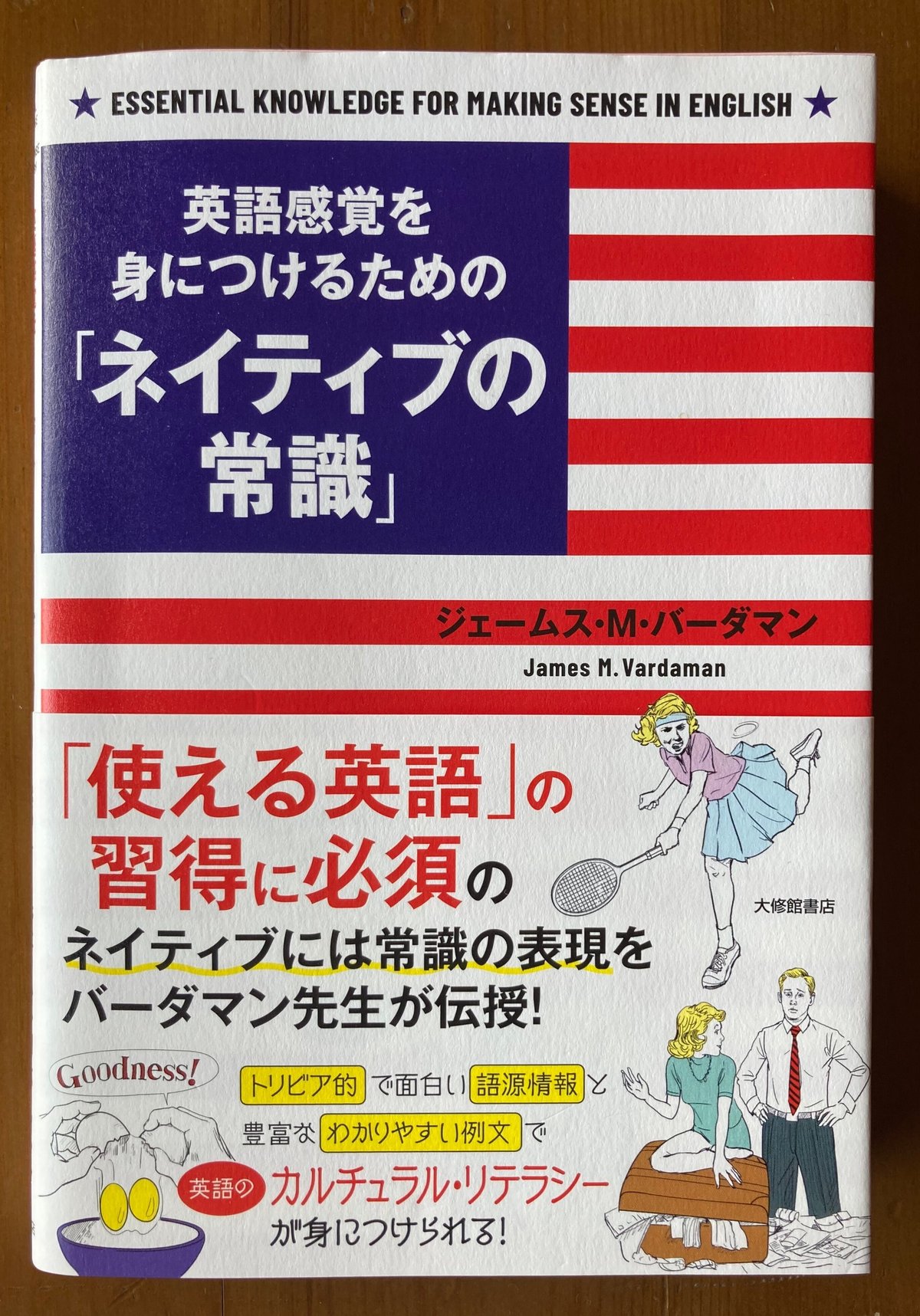
The Knowledge Base of English
There is more to every language than vocabulary and grammar. If you have grown up in a Japanese-language environment, you are not “fluent” in Japanese if you just know how to put words together in a sentence. You are “fluent” because you understand “phrases” and “references.” And you grasp what other people are trying to communicate by “which” expressions they use, “when” they say or write them, and “why” they say them. Together, these are cultural elements.
Literacy is simply the ability to read, write, and speak. But these three parts of language are based on a “common knowledge base” which is called 一般教養 in Japanese. You share this basic knowledge with other native speakers. But remember, your common knowledge base is Japanese, and it is different from what native English speakers learn.
To gain “cultural literacy” in English, you need to learn at least part of the English common knowledge base. It’s hard to do. But you can do it. Learn one part at a time. To help learners, I have written a book published by Taishukan, titled in English “Essential Knowledge for Making Sense in English”.
Its purpose is to help learners gain “cultural literacy”: the common knowledge base of American English speakers (ネイティブの常識, 英語感覚). The goal is to help you “think in English”. If you think in Japanese when you speak English, communication will be difficult. Thinking in English when you speak and write in English is important. I hope this book will help you.
(264 words)




